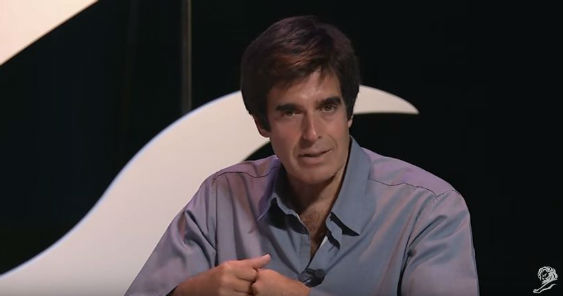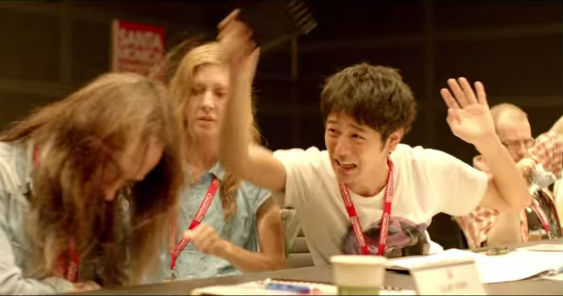MANILA, APRIL 17, 2013 – Creative Juice’s Jethro Adriano and Bench Empedrado bested 14 other teams in the Young Kidlat competition, making them the official team to represent the Philippines in this year’s Young Spikes competition in Singapore.
The team is followed by BBDO Guerrero’s Rachel Teotico and Donna Dimayuga.
The brief, given by Y&R Philippines’ creative director Herbert Hernandez, called the young teams to create an integrated campaign for St Paul Funeral Planners. Knowing that most people find talking about death morbid, which results in unpreparedness for the inevitable, the challenge is to make Filipinos award of the customizable funeral service and to, somehow, put a light note to the topic of death.
With only 24 hours to conceptualize and plan a strategy, Adriano and Empedrado struggled with the challenge. But, as most creative stories go, the idea for a ‘Karo-oke’ hit them while the team was taking their breakfast on the day of submission of entries.
The solution was simple. The team took the Filipino’s inherent love for the ubiquitous karaoke, installing machines in fun-colored hearses which will be installed in strategic places. Popularized by urban legends, Frank Sinatra’s “My Way” is the song of the campaign which can be customized by the participant to change the genre, tempo, pitch, etc. The participant is to perform the song while the performance is also being recorded. When the song ends, a message on the karaoke machine’s screen will make them aware of life’s impending end. The screen will then flash the funeral planners’ website (www.spfp.com) where they can make the arrangements and customize their own funeral, lifting the weight off their family when the time does arrive.
As for the recorded performance, the participant can share it on their social networks, further spreading the awareness of the service.
Adriano, who was a contestant in GMA7′s TV talent search “Protege: The Battle for the Big Break” in 2011, said that he still found it unbelievable they won the challenge. “Nandun na kami sa mindset na tapusin na lang para makauwi na (We reached the point when we just wanted to finish the challenge and then go home).”
Empedrado added that they pushed through with the idea, even at the last minute, because they found it funny.
And that’s exactly what made the judges vote for their campaign.




